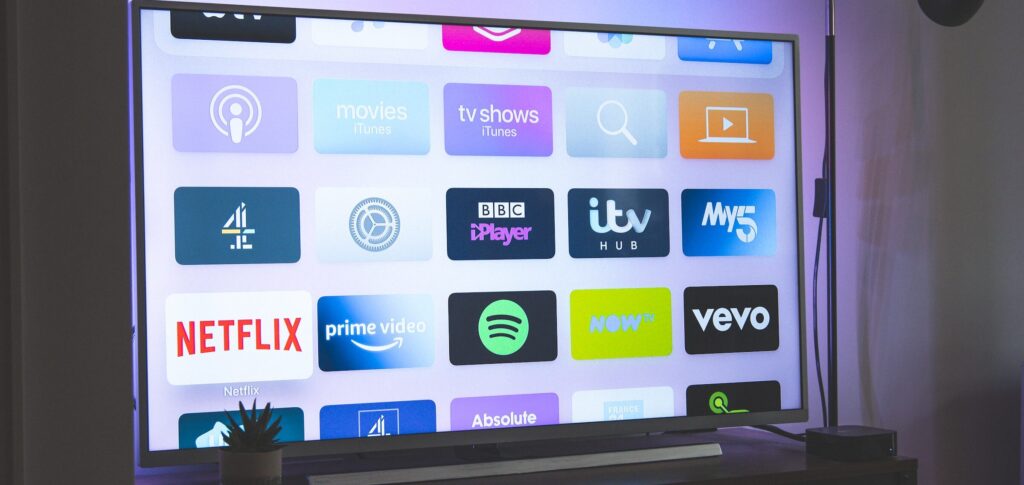The digital entertainment industry faces a challenge after peaking during the pandemic years with the resumption of travel, bars, parties and family outings. Despite public interest, some major streaming companies have faced significant customer losses. It is necessary to offer original productions that attract and retain users.
ADVERTISING
According to a survey by the Roku platform carried out between December 2021 and January 2022, 75% of Brazilians used audiovisual streaming platforms daily. This led to an increase in subscription prices, which went from R$77 per month (on average) before the pandemic to R$95,70 in 2022, an increase of 23,2%. However, if you are interested in subscribing to new services, the total monthly expense can reach R$268. Heavy, right?
I don't have Netflix, believe me?
— Making of other people's lives (@madeinbajor) March 20, 2023
I canceled because it was getting too expensive to stream so much.
Fortunately, my cousin gave me a screen in exchange for access to HBO Max. I think the combo is very expensive, especially since I don't watch anything from Disney+. This thing about having two hundred streams is really bad, the only one I recommend is the purple one, and the prime video, which comes with a prime subscription.
— capybara capybara (@capivarao123) June 1, 2023
I think there is too much streaming to charge something so absurd. It is already the most expensive service, with this increase it becomes completely unfeasible
— Carissa Vieira (@carissinha) May 24, 2023
Fierce competition and planning failure
Furthermore, companies face other problems, such as competition with an absurd diversity of streaming services that have emerged in recent months and problems with planning. Netflix, for example, is facing a lawsuit from shareholders who accuse it of false advertising regarding its ability to increase subscriber numbers in the first quarter of 2022.
On May 23, 2023, HBO Max scared the market by announcing a “merger” with Warner and Discovery, changing its name to just Max. This was also the day that Netflix tried, silently, to limit the sharing of passwords, while Max was experiencing issues with his app. Some consider this day like the end of streaming, of course, with much exaggeration.
ADVERTISING
Unfortunately, canceling the #Netflix I've been a subscriber since I don't even know when after this joke. Streaming is more expensive and even more posing this impediment. 4 screens are 4 screens, and that's it. Goodbye, I will continue with the others.
— Jéssica Maria ✸ (@jsscmaria) May 29, 2023
I already thought it was absurd to have to pay for Netflix's most expensive plan just to have access to 4k resolution, so much so that I canceled it, as I never needed 4 screens
— HendecaJr.🌱 (@_junz) May 24, 2023
Now, to make matters worse, Netflix is charging an additional fee if one of these 4 screens is at another address, total nonsense hahaha
Sarah Henschel, an analyst at Omdia, said in an interview with Wired that the streaming industry is reaching an inflection point after a decade of unbridled growth. Now, services need to find ways to generate profit and can no longer offer all content at low prices.
“We're seeing a lot of these services reach maturity, whereas the last 10 years it's been kind of the Wild West. They are all starting to face the reality that they need to make money now and can no longer distribute all the content in the world for US$5 (about 25 reais here in Brazil).”
Over the past three years, services like Netflix, Disney+ and others have faced subscriber churn caused by too many options, after gaining a captive audience during the pandemic.
ADVERTISING
To address lost revenue, many companies have launched ad-supported subscription tiers. However, this strategy also generated confusion among viewers as to whether it is worth investing in streaming amid constant content changes.
@curtonews The streaming era is going through a regrouping phase, with the need to find new strategies to gain and maintain subscribers. Is the digital entertainment industry in decline?
♬ original sound – Curto News
Fight for the survival of streaming
Competition has intensified as technology companies such as Netflix and Amazon have entered the Hollywood production game, while Hollywood has sought to establish its own streaming services. However, the current scenario more closely resembles the established world of television, where shows move between different platforms.
What will happen with this identity crisis in streaming is anyone's guess. Henschel says the number of streaming services has peaked and will likely decline. When this happens, some streamers may not be able to cope or lose strength.
ADVERTISING
“It is possible that many will subscribe to and cancel several services, several times”, he comments, concluding that the idea of “watching TV” will involve several other decisions that did not even exist six years ago, or even six months ago.
(Source: The Monitor/Wired)
Read also
* The text of this article was partially generated by artificial intelligence tools, state-of-the-art language models that assist in the preparation, review, translation and summarization of texts. Text entries were created by the Curto News and responses from AI tools were used to improve the final content.
It is important to highlight that AI tools are just tools, and the final responsibility for the published content lies with the Curto News. By using these tools responsibly and ethically, our objective is to expand communication possibilities and democratize access to quality information. 🤖




